
Artist Jess Currier On How To Find Your Voice As An Artist/Creative
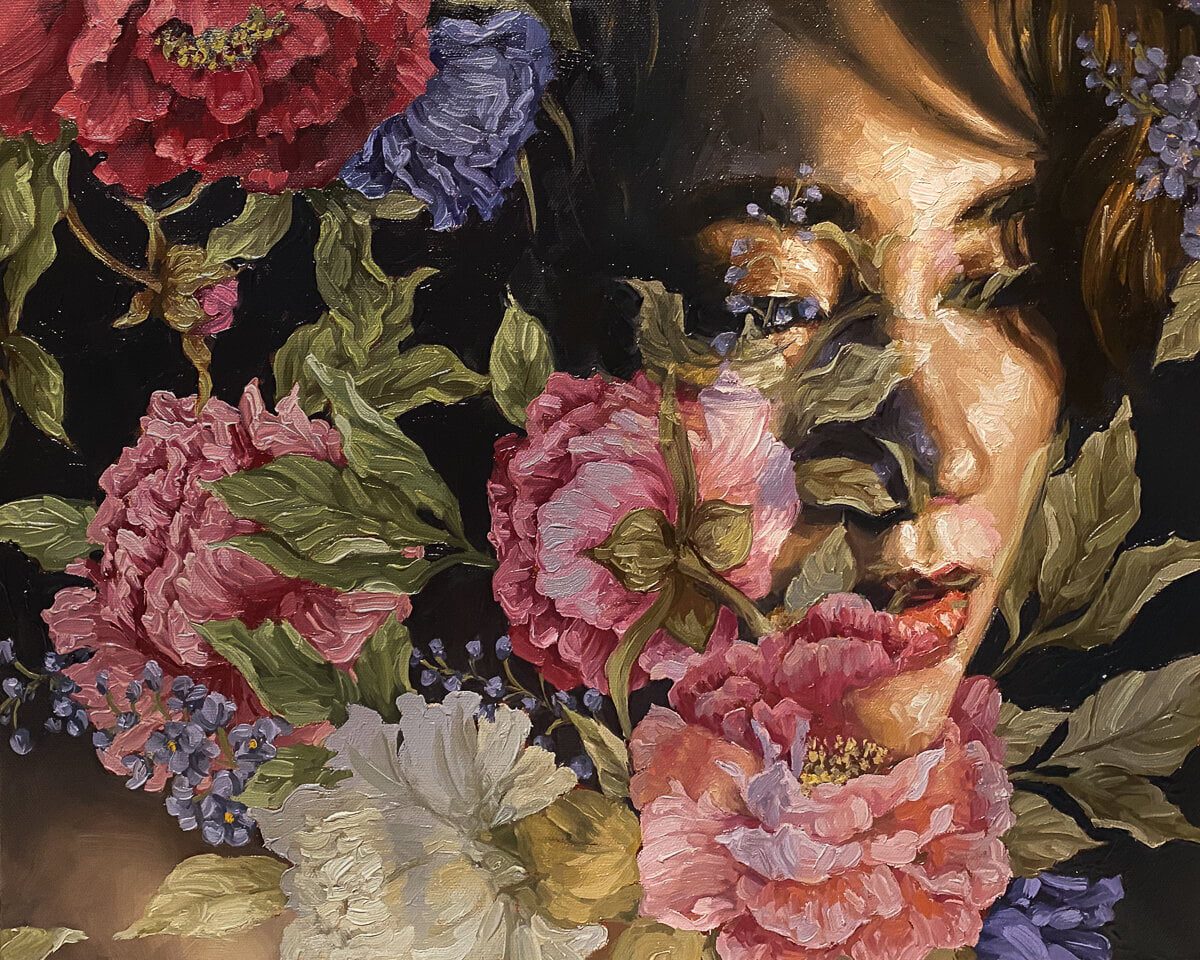

Creative expression is a powerful tool for finding joy, purpose, and meaning in life. In this conversation between Jess Currier and Charuka Arora on the Arts to Hearts Podcast, they explored the various aspects of creativity, such as finding one’s creative voice, developing creative work, overcoming imposter syndrome, the gap between vision and ability, and the value of aesthetics.
They also discussed how art can be a source of hope and connection, the paradox of creative work, and the impact of photography on painting. Furthermore, the conversation touched on the topics of entrepreneurship, stability, and the power of social media for creative work.
Finally, Jess and Charuka discussed the power of believing in yourself, the joy of making, and how to keep the pressure off.
Through this conversation, Jess and Charuka explored the many facets of creativity and how it can be a source of fulfillment and joy. This conversation is sure to give listeners an appreciation for the creative process and to gain a deeper understanding of creativity and how it can be a source of joy and connection.
Topics covered in this podcast
- 00:00: Conversation Between Jess Currier and Charuka Arora on Finding Creative Voice
- 06:27: Conversation on Finding Creative Fulfillment and Overcoming Imposter Syndrome
- 10:39: Conversation on the Gap Between Vision and Ability in Artistic Pursuits
- 19:38: Conversation on the Value of Aesthetics in Work and Life
- 24:00: Conversation on Finding Purpose and Meaning Through Creative Work
- 28:22: Conversation Between Jess Currier and Charuka Arora on Grief, Loss, and Hope Through Art
- 39:03: The Impact of Photography on Painting
- 40:48: Conversation between Jess Currier and Charuka Arora on Becoming an Entrepreneur and Artist
- 45:32: Conversation Between Jess Currier and Charuka Arora on the Value of Social Media for Creative Work
- 01:00:32: Conversation on the Power of Believing in Yourself
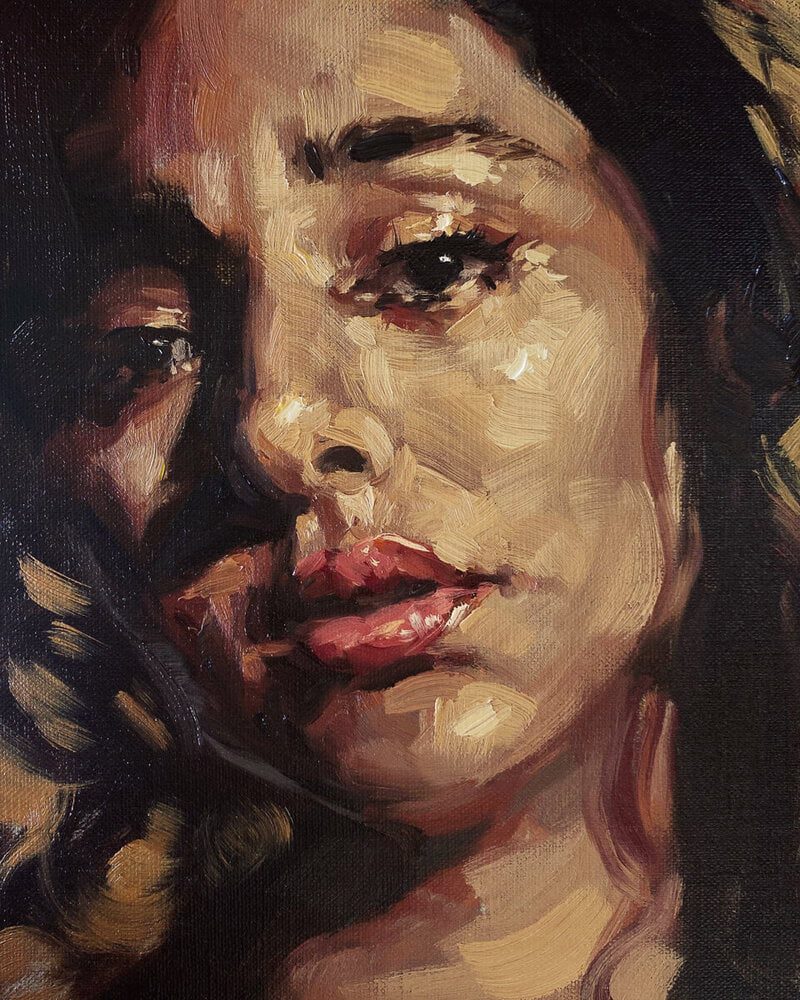

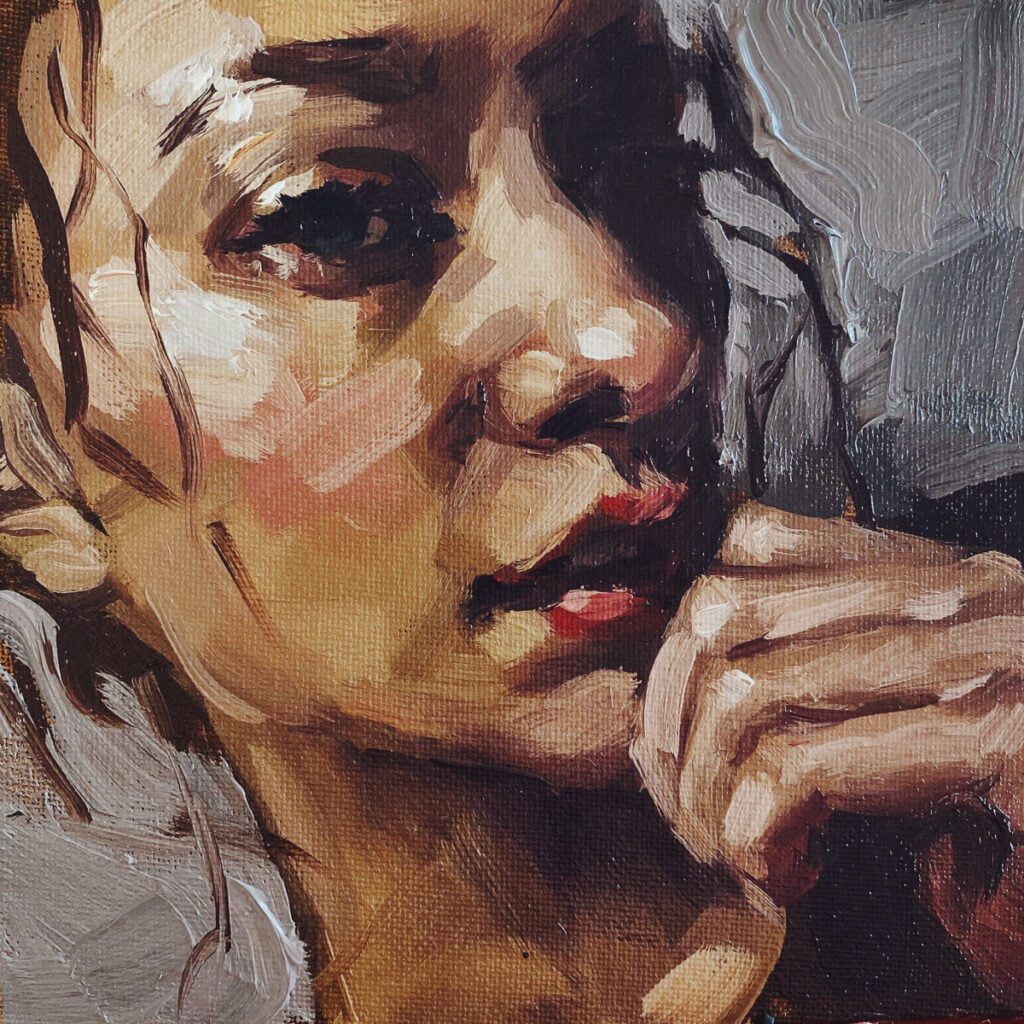
About Jess Currier
Born and raised on California’s Central Coast, Jess has been drawing and painting since childhood. Early exposure to the arts and a deep connection to the beauty of the natural world have shaped the direction of her work — evident in her early landscapes as well as her more recent botanical and figurative paintings.
Her work embraces the materiality of oils on canvas through brave, textural interpretations of light and shadow that straddle the line between realism and impressionism.
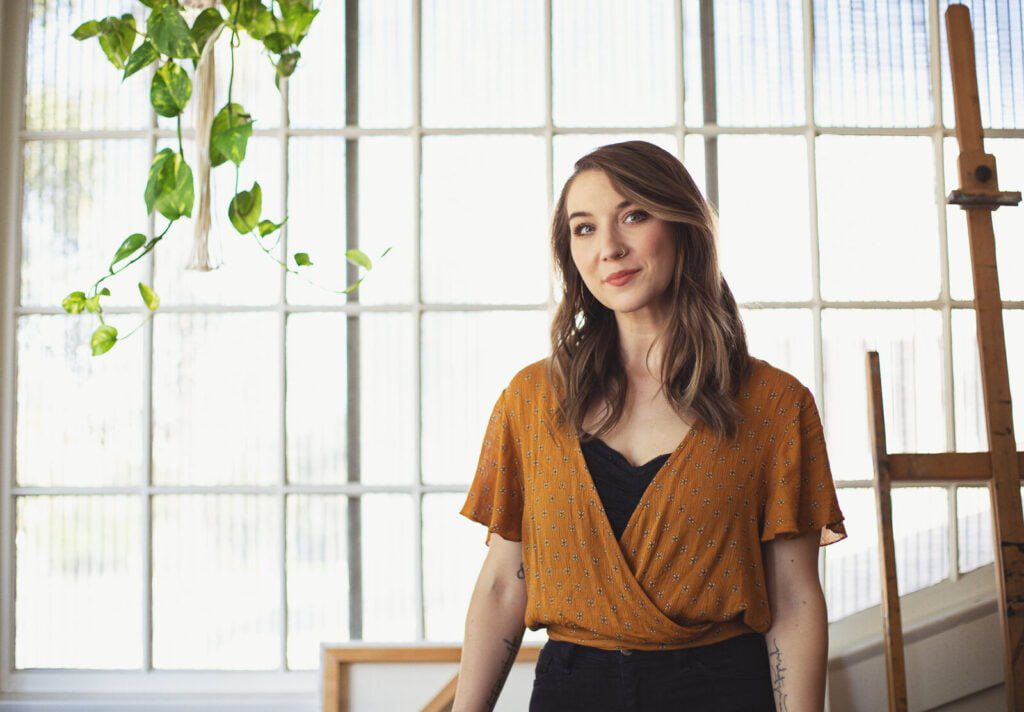
While knowing she wanted to pursue painting from a young age, Jess worked as a professional photographer for eight years before returning to school to earn a Bachelor of Fine Art from York College of Pennsylvania in 2014 – where she was awarded first place in her senior exhibition and participated in several group shows.
She returned home to California upon graduating, creating a body of work for her first solo exhibition in 2015 in Monterey, CA. Jess completed her MFA at the Academy of Art University in 2020, where she also studied painting in Florence, Italy.
Jess spends her time creating paintings for collectors worldwide from her studio in Los Angeles.
Watch & Listen to this podcast Episode
Key Highlights from the Episode
Q. Charuka: So let’s begin with I remember one of the captions of your Instagram posts in which you said that it took you 7 years of making art to finally feel like you’d found your style. Could you please share with us about that part of your journey?
A. Jess Currier: Oh absolutely I love that. That’s the one that stood out to you, and I love that question because I could talk about it all day long.
It’s also deeply connected to my journey as a painter because as an artist I knew I wanted to do art, I knew I wanted to be an artist from when I was a tiny child. But it took me a very long time to really begin to put the work in, and it’s been about seven years since I’m committed to painting as my primary creative expression.
Before I started, I really believed that style or your creative voice were things that you did have to choose and it kind of impose on your work that you had to come up with your creative work. Not only with the inherent talent that was just magically there but what you develop because that’s the tip of the iceberg that you see when you’re exposed to the work of artists around the world when you’re exposed to creative work. You’re seeing.
That outcome is way further down the line from these creators. Um, and that’s across all media you consume, right? So whether you’re listening to a song, watching a movie, reading a book, or looking at artwork, you are engaging with it. The creative product of someone who has really developed their voice over time, and I think we kind of fall for this mythology
That to be an artist. You must be naturally good at it without trying or practicing, and you must have a unique natural voice that comes through immediately, and both of those things really prevented me from putting in the work for a long time.
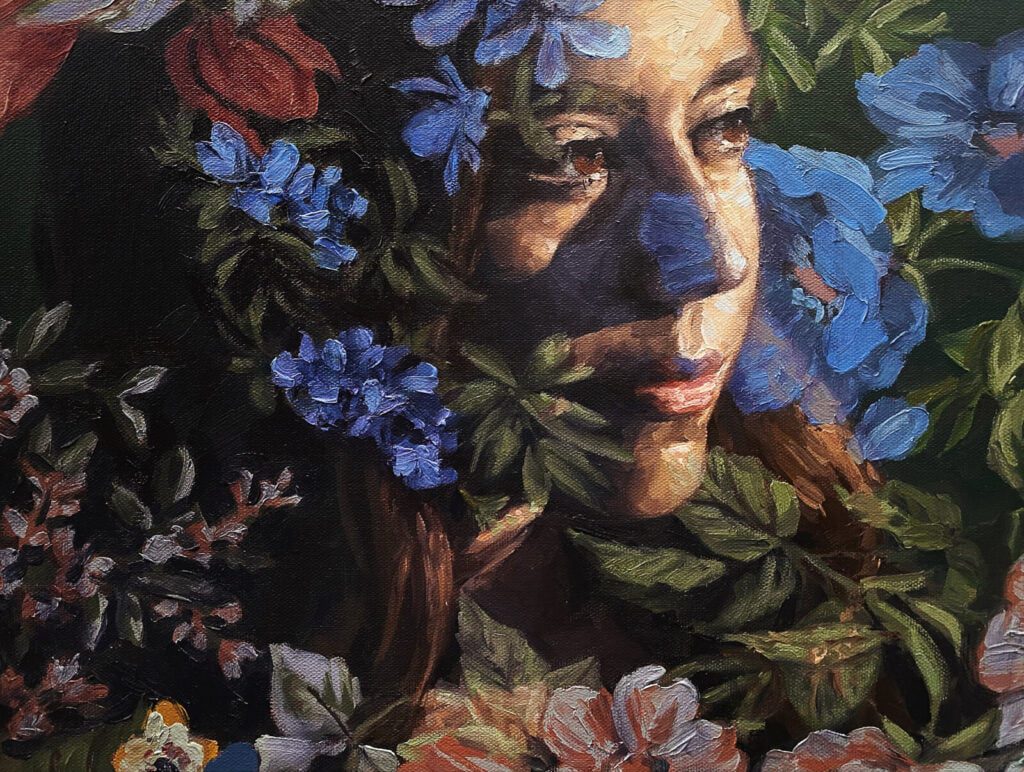
Q. Charuka: Can you elaborate on how, like, what are the things that you feel prevent you from—how would you interpret that?
A. Jess Currier: I didn’t want to be bad at it. For me, I knew I wanted to paint; I knew I wanted to be a fine artist, quote unquote; whatever that meant. I really didn’t like that my ego could not handle being bad at it; I didn’t want to be bad at it, and I had this, you know, the thing that I think is most creative people’s taste outpaces your ability.
I think that’s for your entire life. It never so it never stops. but at the beginning especially, there’s a big gap there, right? And because I really cared about painting and I really saw myself as an artist, that’s what I knew I wanted to do with my life. What ended up happening for me was that I would dip my toe into it and try it here and there. But never with enough dedicated effort, because as soon as I created something that I wasn’t happy with, I would get really discouraged and give up, and I ended up doing a lot of other creative work.


So I did photography and graphic design. interior design, and project management. All these other things ah, interiors are so much like commercial interior branding and I’m grateful for all those detours. I learned a lot. I picked up a lot of skills,
But they were all just a different version of me running away from painting because I was afraid of being bad at it.
and it was until I got to the point I had been doing photography for a while; I was doing portraiture and weddings, and I decided to close down that business. I started doing design work, and as the momentum picked up for that, I got to this point where I was like, “Oh, I recognize this place. This is exactly where I was with photography.
A couple of years in, I’m like, “Okay, I’m gaining momentum. I’m starting to go down this career path, but I know that it’s not what I want to be doing.

Q. Charuka: I truly want to ask you, “Were you bad at it?” I doubt that you were bad at it because I don’t think any of us are bad at anything that we feel naturally called for. Yes, but our standards are so high. That we don’t think we are very good. Okay, let me ask this question. How well do you think you are today?
A. Jess Currier: I think today I can put it this way when I started the gap between. What I envisioned in my mind wanting to create and what I was capable of producing was very big, good or bad, I don’t know, and that’s so relative. So subjective, but the gap between what I pictured in my head and what I was capable of and had the tools and skills to create with my hands was a huge gap.
Now that Gap is a lot smaller and so the process of creating the work is a lot less frustrating than it was at the beginning, and I think that’s the reason I like to talk about it online and share that part of my story.
That frustration is what kept me from putting in the work to close the gap. You’re never going to make that gap smaller, and I think it’s really important to normalize both putting in the work and the gap.
Because, I still have a bit of a gap, and I think I always will. I think that’s just part of being an artist, and if you hadn’t, if there was never a gap between your vision and your ability, the work would be so boring.
That gap keeps us exploring, and it’s when it comes to skill, um, and when it comes to style and voice, like circling back to that original question. Um. I think of it through the metaphor of archaeology, and that’s how I talk about it all the time:
I think of style as something that you are discovering, like an archaeologist doing a dig. So the more you do the work, the more you discover. What is within you and you bring the world, but you have to do the work to get there, and that’s why I love creativity. That’s why I love art. But it’s never going to get boring. There’s always going to be that. That gap between your vision and your ability that you work to make smaller keeps getting bigger, but the goalposts keep moving in a good direction. And there’s always going to be that sort of mystery of where this will lead me. And what else will I discover, as you change and evolve as a human, that voice is like what you discover as you dig for ways to change and evolve.
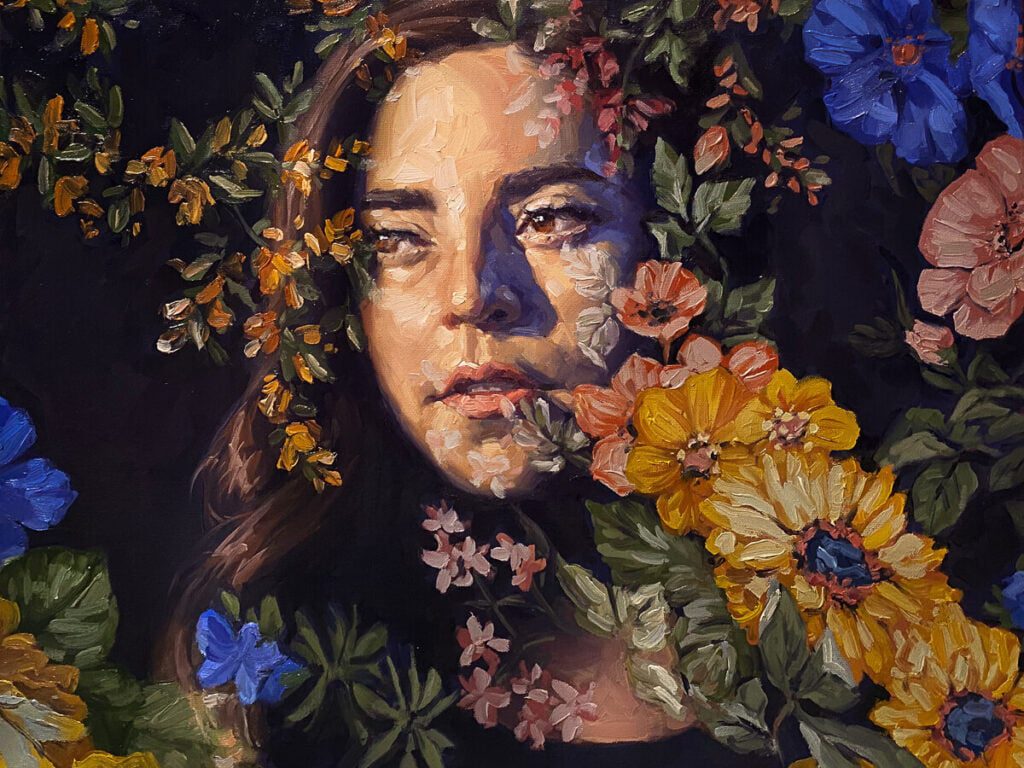
So there’s always more to learn. There are always more directions to grow into. There’s always ways to develop and add onto your skills, and so that’s a very long way of answering the question of whether I am doing well now. I think I am much more proficient at creating what I envision than I used to be.
Liked what you read?
Listen to this & other episodes on











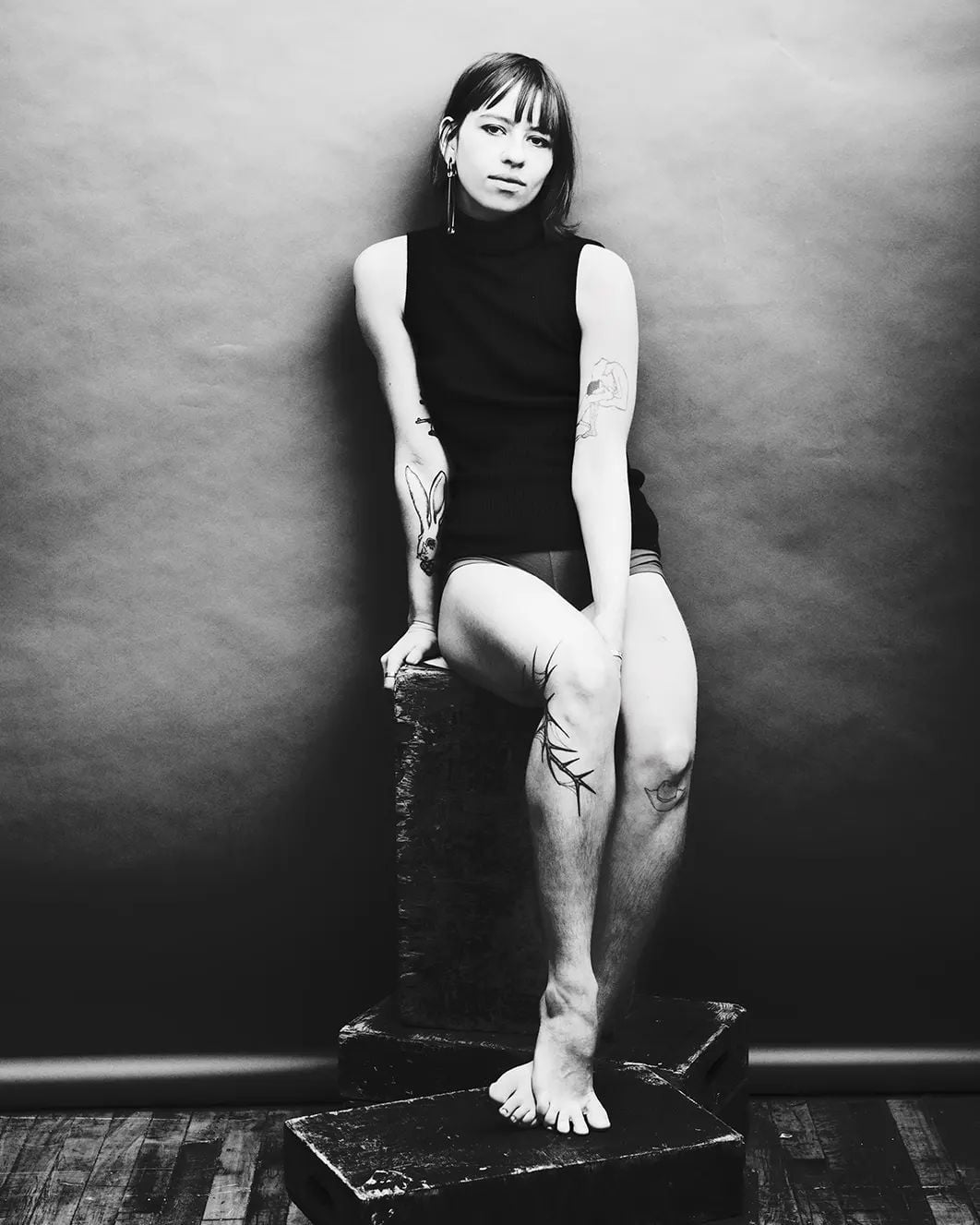
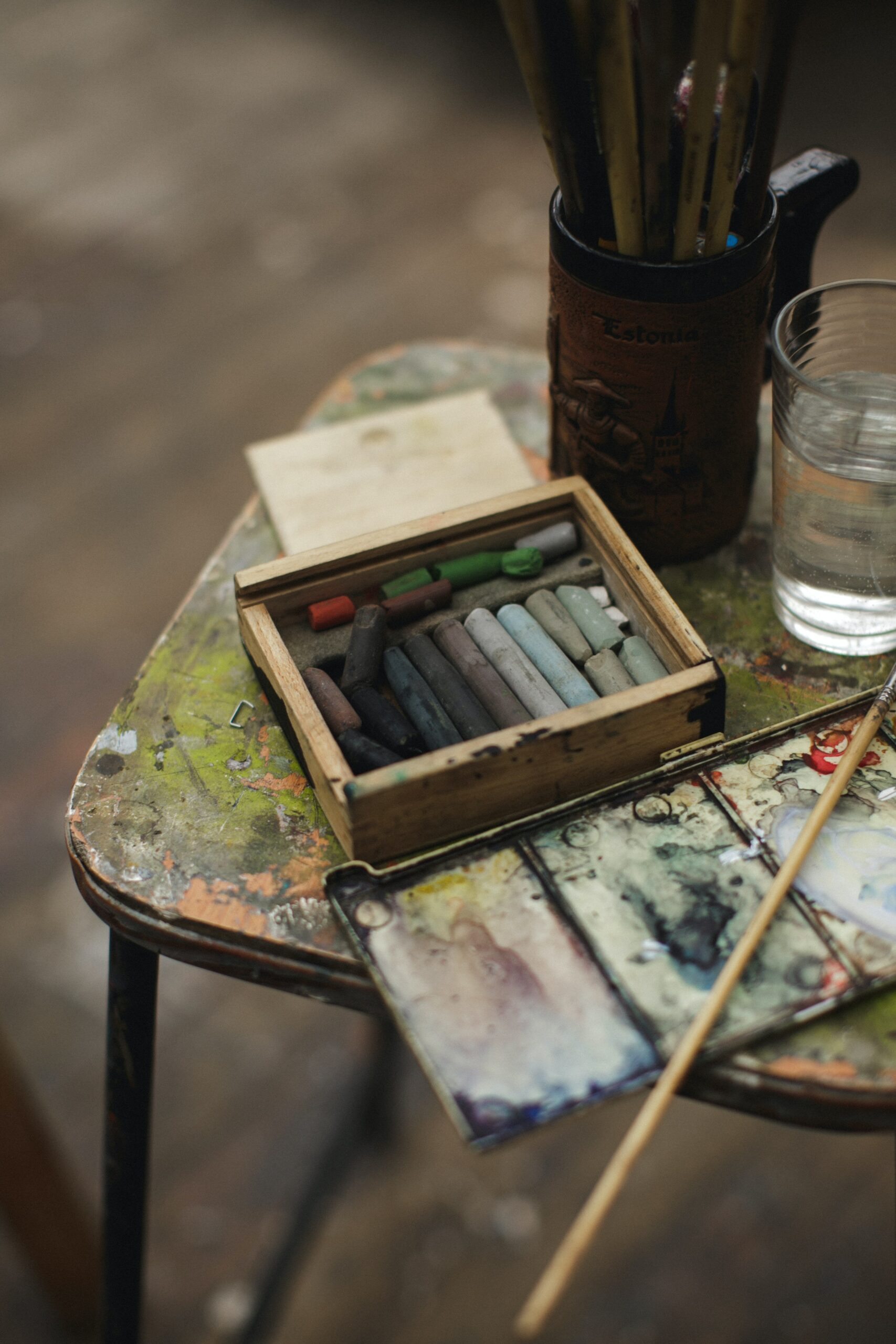
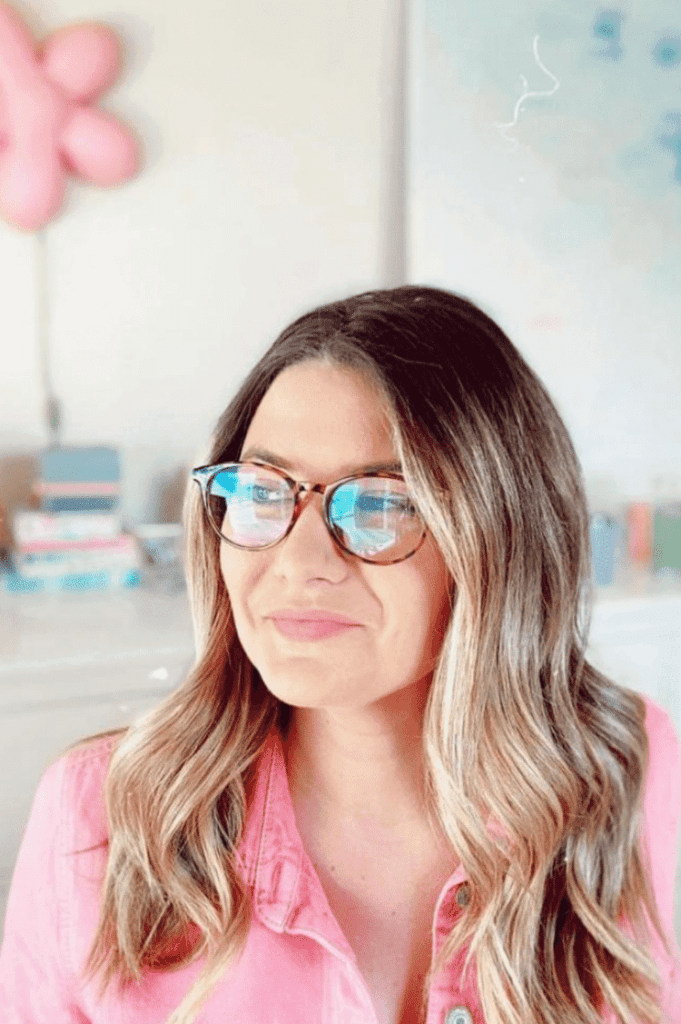

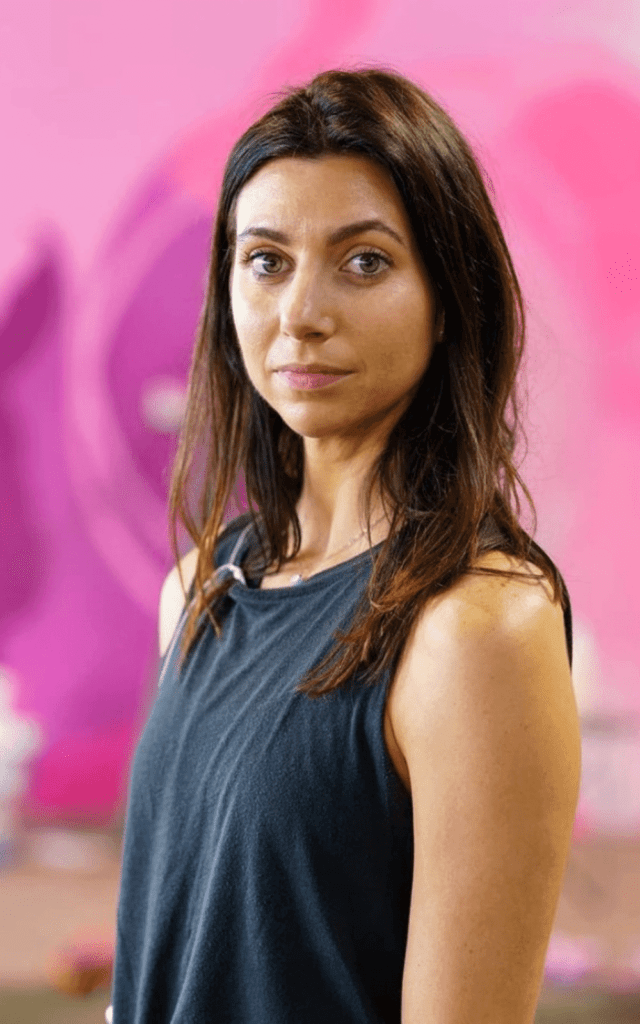
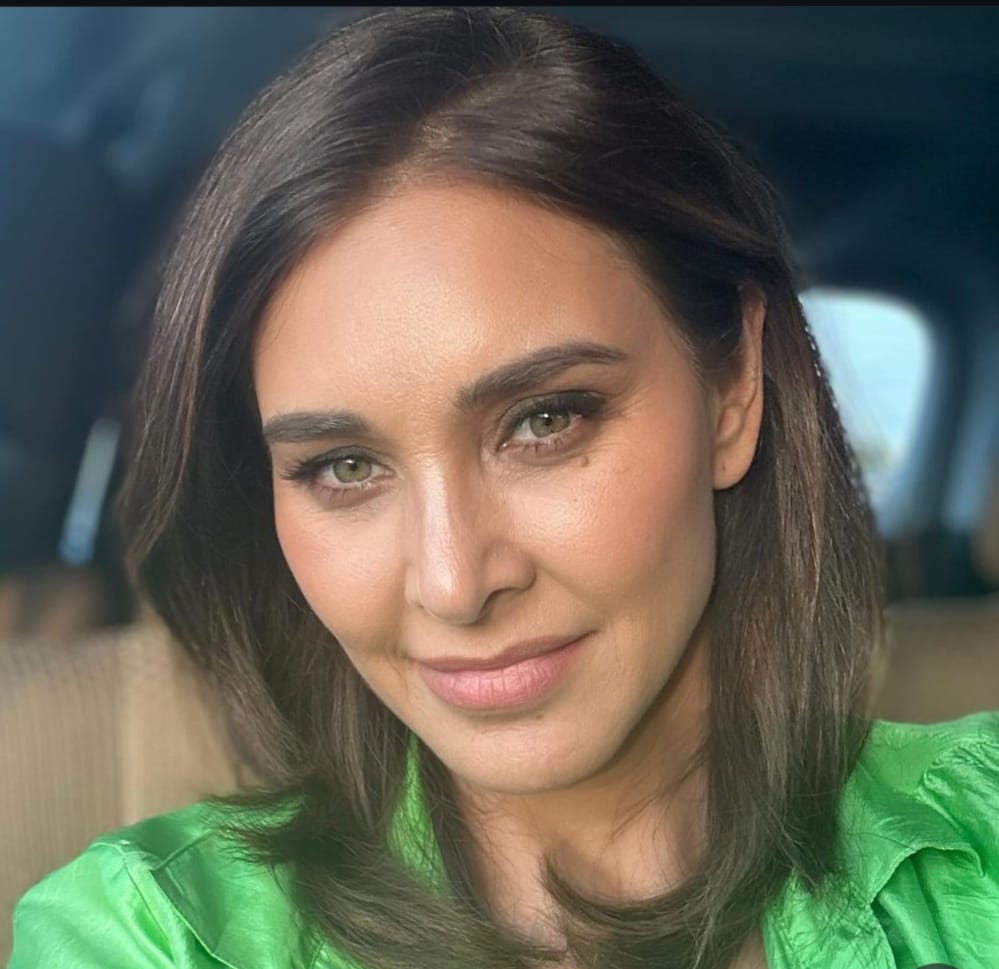
Comments 6